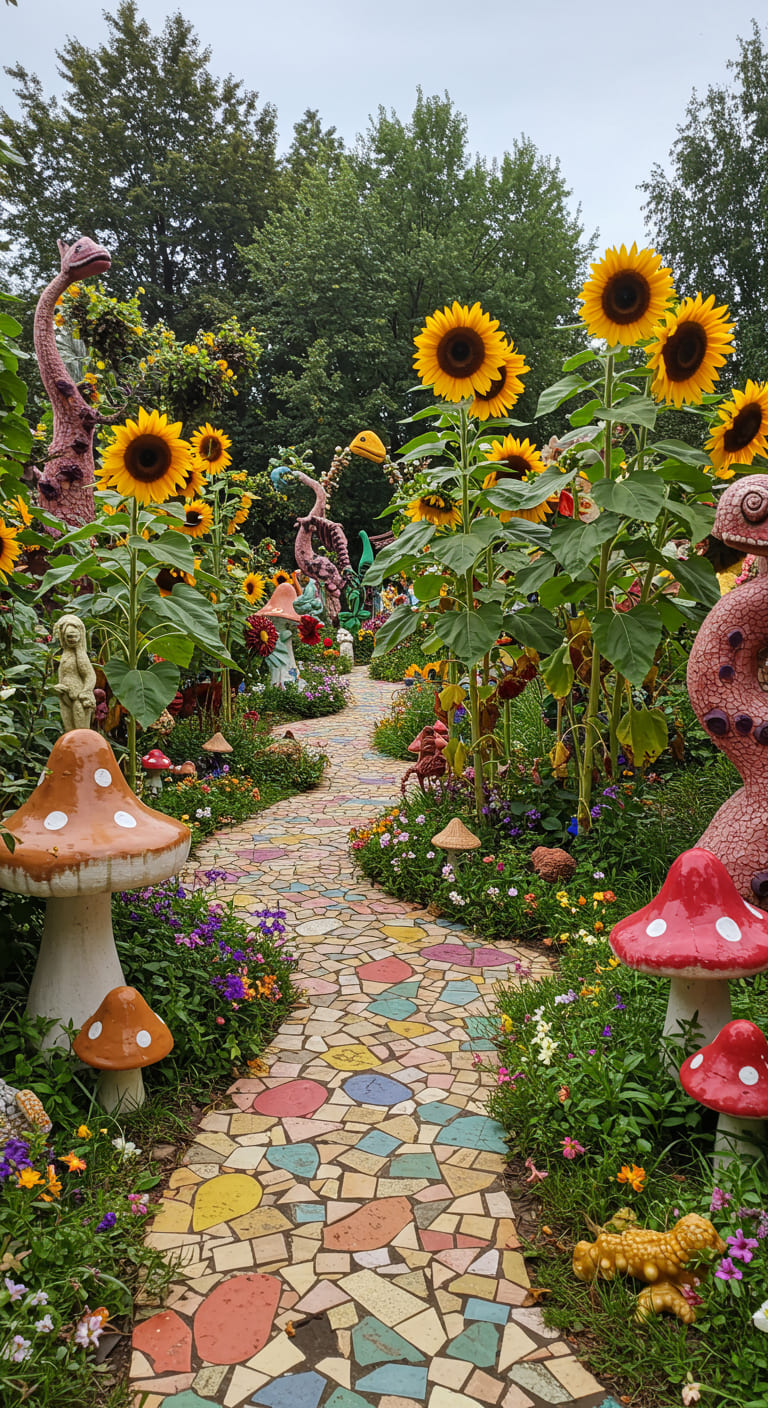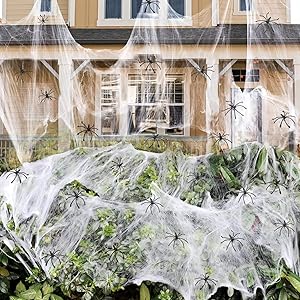As an avid gardener, I often find myself contemplating the meaning of garden size. When I first started my journey in gardening, I was overwhelmed by the possibilities. The size of my garden didn’t just dictate the types of plants I could grow; it influenced my entire gardening philosophy. In this article, I aim to share my insights on garden size, the implications it holds, and offer tips to help you design your dream garden—regardless of its dimensions.
Understanding Garden Size
When we talk about garden size, we are referring to the physical area designated for gardening activities. However, the implications of garden size go far beyond mere square footage. Here’s why garden size matters:
- Plant Selection: Different plants require varying amounts of space to thrive. A small garden may limit your choices but can also lead to creative solutions.
- Layout Design: The size influences how you can arrange plants, pathways, and other features, impacting both aesthetics and functionality.
- Maintenance Effort: A larger garden requires more time and resources to maintain, while a smaller garden can be more manageable.
- Microclimates: The size and layout can influence the microclimates in your garden, affecting sunlight, wind, and moisture levels.
Understanding these elements can help you make informed decisions about what to plant and how to design your space effectively.
My Journey with Different Garden Sizes
Throughout my gardening journey, I have experienced gardens of various sizes, each offering unique challenges and rewards.
Small Gardens: The Art of Maximizing Space
My first garden was a small balcony garden. It measured no more than 50 square feet, but I learned to maximize every inch. Here are some tips I found helpful:
- Vertical Gardening: I utilized trellises and hanging pots to draw the eye upwards and save floor space.
- Container Gardening: Using pots allowed me to grow a variety of plants without the need for extensive ground space.
- Succession Planting: I learned to plant quick-growing crops like radishes and lettuce to make the most of my limited space.
These strategies not only helped me maximize my small garden but also taught me the importance of creativity in gardening.
Medium Gardens: Finding Balance
When I moved to a home with a medium-sized garden of about 500 square feet, I experienced a new level of freedom. This size allowed me to experiment with different themes and layouts:
- Flower Beds and Borders: I created distinct flower beds, which added color and depth to the garden.
- Companion Planting: The additional space allowed me to explore companion planting, which improved plant health and yield.
- Garden Zones: I divided the garden into zones for vegetables, herbs, and flowers, which made maintenance easier.
This experience highlighted how medium gardens can strike a balance between creativity and manageability.
Large Gardens: The Challenge of Scale
Currently, I manage a large garden of over 1,000 square feet. This size presents both opportunities and challenges:
- Design Complexity: I can create themed areas, such as a butterfly garden or a vegetable patch, but coordinating these can be complex.
- Increased Maintenance: Larger gardens demand more time and resources, from watering to weeding.
- Sustainability Practices: I’ve integrated sustainable practices such as composting and rainwater harvesting to support my larger garden sustainably.
Managing a large garden has taught me valuable lessons in planning and resource management.
Designing Your Dream Garden: Tips for Any Size
Whether you have a tiny balcony or a sprawling backyard, designing your dream garden is within reach. Here are some actionable tips I’ve gathered over the years:
1. Define Your Purpose
Before you begin, think about what you want from your garden. Is it a place for relaxation, growing vegetables, or attracting wildlife? Defining the purpose will guide your design.
2. Choose the Right Plants
Select plants that suit your climate and the amount of sunlight your garden receives. Consider the following:
- Native Plants: They thrive in your local environment and require less maintenance.
- Seasonal Plants: Plant a mix of annuals and perennials for year-round interest.
- Space Requirements: Follow spacing guidelines to ensure plants have room to grow.
3. Incorporate Hardscaping
Hardscaping elements, like paths, patios, and walls, can define your garden’s structure. They also help manage water drainage and create focal points. Consider:
- Pathways: Use stones, bricks, or gravel to create pathways that guide visitors through your garden.
- Seating Areas: A bench or chairs can provide a space for relaxation and enjoyment.
- Raised Beds: These can help with drainage and make maintenance easier.
4. Plan for Maintenance
Consider how much time you can realistically commit to maintenance. Opt for low-maintenance plants and consider features that minimize upkeep:
- Mulching: This helps retain moisture and suppress weeds.
- Irrigation Systems: Drip irrigation can save time and water.
- Perennial Plants: These require less replanting and care.
5. Embrace Creativity
Don’t be afraid to think outside the box! Use color, texture, and height to create visual interest. Here are some creative ideas:
- Color Schemes: Choose a color palette that reflects your personality.
- Seasonal Displays: Change your garden’s look seasonally with different plants and decorations.
- Art Installations: Incorporate sculptures or garden art to add a unique touch.
Case Studies: Real-Life Garden Transformations
To illustrate the impact of garden size on design choices, let me share a few case studies that showcase successful transformations.
Case Study 1: The Urban Balcony
A friend of mine, Sarah, transformed her small urban balcony into a lush haven. By using vertical gardening techniques and maximizing container space, she created a green oasis. Her balcony now features:
- Hanging herb gardens
- Vertical planters with flowering vines
- Cozy seating for relaxation
Sarah’s creativity demonstrated that even the smallest spaces can flourish with the right approach.
Case Study 2: The Family Vegetable Garden
Another friend, Tom, took on a medium-sized plot to create a family vegetable garden. He divided the area into sections for different crops, integrating crop rotation and companion planting. His success included:
- A bountiful harvest of fresh vegetables
- A fun family activity that engages his children
- Educational opportunities about sustainable gardening
Tom’s garden illustrates the potential of medium spaces for family involvement and education.
Case Study 3: The Sustainable Homestead
In contrast, my neighbor, Jane, manages a large homestead garden. She has embraced permaculture principles, creating a self-sustaining ecosystem. Key features include:
- Fruit trees that provide shade and yield
- A rainwater harvesting system
- Composting areas that recycle kitchen waste
Jane’s experience shows how larger gardens can evolve into sustainable systems that benefit both the gardener and the environment.
Statistics to Consider
The impact of garden size on gardening practices is not just anecdotal. Various studies provide insights into gardening trends:
- According to the National Gardening Association, 35% of U.S. households engage in gardening, with many utilizing small spaces effectively.
- A survey conducted by Garden Research found that 80% of gardeners believe that gardening positively impacts their well-being.
- Research from the Royal Horticultural Society indicates that green spaces in urban areas can reduce stress and promote mental health.
These statistics emphasize the importance of gardening and how space, regardless of size, plays a crucial role in our lives.
FAQs About Garden Size
What is the ideal size for a beginner garden?
For beginners, starting with a small garden of 50 to 100 square feet is often ideal. This allows for manageable maintenance while providing enough space to experiment with different plants.
Can I have a successful garden in a small space?
Absolutely! Small gardens can thrive with the right techniques, such as vertical gardening and container planting, allowing you to grow a variety of plants.
How do I maintain a large garden without feeling overwhelmed?
Break down tasks into manageable sections, implement sustainable practices, and consider hiring help if needed. Additionally, planning for low-maintenance plants can ease the workload.
What are some resources for garden planning and design?
There are numerous online resources, books, and local gardening clubs that offer valuable insights into garden planning and design. Websites like the American Horticultural Society and local extension services are great places to start.
Conclusion
In conclusion, understanding garden size is crucial for anyone looking to cultivate their green space. Whether you have a small balcony or a sprawling plot, the possibilities are endless. By defining your purpose, selecting the right plants, and embracing creativity, you can create a dream garden that reflects your personality and meets your needs. Remember, gardening is a journey, and every size garden offers unique rewards. I hope this article inspires you to explore your gardening dreams!
If you enjoyed this article, please consider signing up for our newsletter for more gardening tips and inspiration. Don’t forget to share it with friends and on social media to inspire others on their gardening journey!
1400 sqft Halloween Spider Webs Decorations with 150 Extra Fake Spiders, Super Stretchy Cobwebs for Halloween Decor Indoor and Outdoor
$16.99 (as of 13/10/2025 03:16 GMT -03:00 - More infoProduct prices and availability are accurate as of the date/time indicated and are subject to change. Any price and availability information displayed on [relevant Amazon Site(s), as applicable] at the time of purchase will apply to the purchase of this product.)
Sign up for our newsletter and stay up to date with exclusive news
that can transform your routine!




